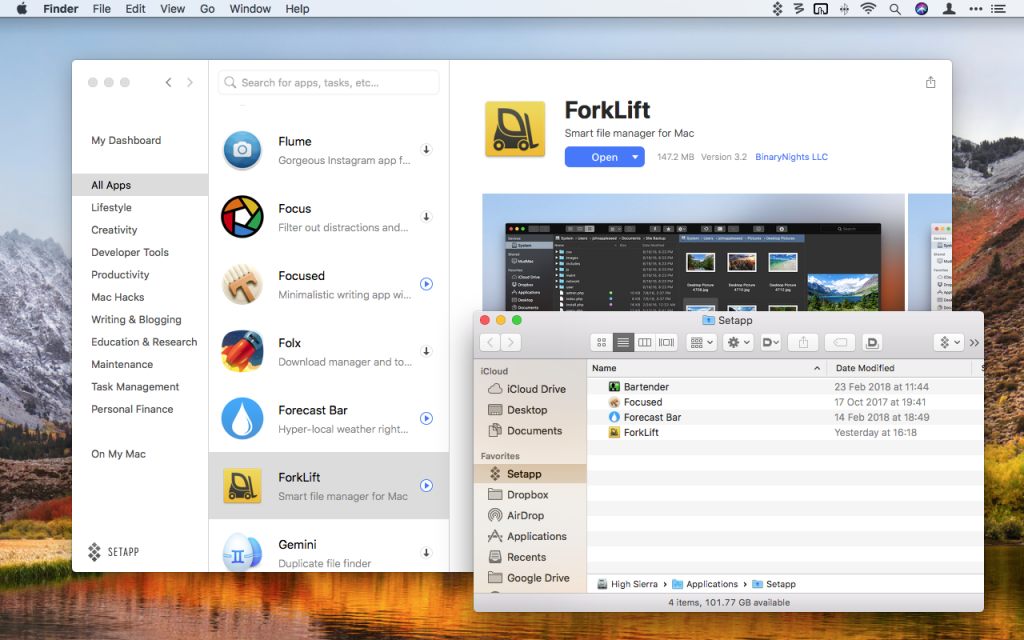Ptx file viewer for mac. NOTE: RealLegal, the developers of the PTX format, were acquired by LiveNote and then by Thomson West. Both the West and RealLegal brands are used to advertise and sell similar software applications. The Mac version of RealLegal E-Transcript Viewer is only available for Mac OS Classic, the predecessor to Mac OS X. Programs that open PTX files. PTX files served a useful purpose for many users because ASCII files don't keep page formatting when printing and don't contain a searchable word index. Prior to 2009, RealLegal had a version for Mac OS 9 which was useless to most Mac users unless you had a version of OS 9 and were able to run the viewer in the Mac Classic Environment. How To Open.PTX Files on Your Mac: Step by Step You can open.PTX files by converting the PTX file to a CLT file, and then you can view the CLT file in DepoSmart, Clarity Viewer, or TrialSmart. Files with PPTX extension are presentation files created with popular Microsoft PowerPoint application. Unlike the previous version of presentation file format PPT which was binary, the PPTX format is based on the Microsoft PowerPoint open XML presentation file format. Pptx viewer free download - MSG Viewer for Outlook, Microspot DWG Viewer, CorelDRAW Viewer, and many more programs. Open MSG, OFT, and Winmail.dat files easily on your Mac. Free to try Editors.
Start quickly with the most recent versions of Word, Excel, PowerPoint, Outlook, OneNote and OneDrive —combining the familiarity of Office and the unique Mac features you love. Work online or offline, on your own or with others in real time—whatever works for what you're doing.
The safest place to get apps for your Mac is the App Store. Apple reviews each app in the App Store before it's accepted and signs it to ensure that it hasn't been tampered with or altered. If there's ever a problem with an app, Apple can quickly remove it from the store.
- To install Office, try signing in directly to the Microsoft 365 Software page instead. Select the language and bit-version you want (PC users can choose between 32-bit and 64-bit), and then click Install. See Steps 2 and 3 on the PC or Mac tabs above to help you with the rest of the install process.
- On your Mac, choose Apple menu System Preferences, then click Users & Groups. Open Users & Groups preferences for me. Click the lock icon to unlock it. Enter an administrator name and password. Click the Add button below the list of users. Click the New Account pop-up menu, then choose a type of user.
If you download and install apps from the internet or directly from a developer, macOS continues to protect your Mac. When you install Mac apps, plug-ins, and installer packages from outside the App Store, macOS checks the Developer ID signature to verify that the software is from an identified developer and that it has not been altered. By default, macOS Catalina also requires software to be notarized, so you can be confident that the software you run on your Mac doesn't contain known malware. Before opening downloaded software for the first time, macOS requests your approval to make sure you aren't misled into running software you didn't expect.
Running software that hasn't been signed and notarized may expose your computer and personal information to malware that can harm your Mac or compromise your privacy.
View the app security settings on your Mac
By default, the security and privacy preferences of your Mac are set to allow apps from the App Store and identified developers. For additional security, you can chose to allow only apps from the App Store.

In System Preferences, click Security & Privacy, then click General. Click the lock and enter your password to make changes. Select App Store under the header 'Allow apps downloaded from.'
Open a developer-signed or notarized app
If your Mac is set to allow apps from the App Store and identified developers, the first time that you launch a new app, your Mac asks if you're sure you want to open it.
An app that has been notarized by Apple indicates that Apple checked it for malicious software and none was detected:
Prior to macOS Catalina, opening an app that hasn't been notarized shows a yellow warning icon and asks if you're sure you want to open it:
If you see a warning message and can't install an app
If you have set your Mac to allow apps only from the App Store and you try to install an app from elsewhere, your Mac will say that the app can't be opened because it was not downloaded from the App Store.*
If your Mac is set to allow apps from the App Store and identified developers, and you try to install an app that isn't signed by an identified developer or—in macOS Catalina—notarized by Apple, you also see a warning that the app cannot be opened.

If you see this warning, it means that the app was not notarized, and Apple could not scan the app for known malicious software.
You may want to look for an updated version of the app in the App Store or look for an alternative app.
If macOS detects a malicious app
If macOS detects that an app has malicious content, it will notify you when you try to open it and ask you to move it to the Trash.
How to open an app that hasn't been notarized or is from an unidentified developer
Running software that hasn't been signed and notarized may expose your computer and personal information to malware that can harm your Mac or compromise your privacy. If you're certain that an app you want to install is from a trustworthy source and hasn't been tampered with, you can temporarily override your Mac security settings to open it.
In macOS Catalina and macOS Mojave, when an app fails to install because it hasn't been notarized or is from an unidentified developer, it will appear in System Preferences > Security & Privacy, under the General tab. Click Open Anyway to confirm your intent to open or install the app.
The warning prompt reappears, and you can click Open.*
The app is now saved as an exception to your security settings, and you can open it in the future by double-clicking it, just as you can any authorized app.
*If you're prompted to open Finder: control-click the app in Finder, choose Open from the menu, and then click Open in the dialog that appears. Enter your admin name and password to open the app.
Doouble click on the hard drive - the icon on the top right of the desktop.

In column mode you will see something like this.
(If you are not in column mode, click on the icon shown as 1 in the line of icons at the top).
Any appplications in the folder (shown as 2) are available to all users.

In System Preferences, click Security & Privacy, then click General. Click the lock and enter your password to make changes. Select App Store under the header 'Allow apps downloaded from.'
Open a developer-signed or notarized app
If your Mac is set to allow apps from the App Store and identified developers, the first time that you launch a new app, your Mac asks if you're sure you want to open it.
An app that has been notarized by Apple indicates that Apple checked it for malicious software and none was detected:
Prior to macOS Catalina, opening an app that hasn't been notarized shows a yellow warning icon and asks if you're sure you want to open it:
If you see a warning message and can't install an app
If you have set your Mac to allow apps only from the App Store and you try to install an app from elsewhere, your Mac will say that the app can't be opened because it was not downloaded from the App Store.*
If your Mac is set to allow apps from the App Store and identified developers, and you try to install an app that isn't signed by an identified developer or—in macOS Catalina—notarized by Apple, you also see a warning that the app cannot be opened.
If you see this warning, it means that the app was not notarized, and Apple could not scan the app for known malicious software.
You may want to look for an updated version of the app in the App Store or look for an alternative app.
If macOS detects a malicious app
If macOS detects that an app has malicious content, it will notify you when you try to open it and ask you to move it to the Trash.
How to open an app that hasn't been notarized or is from an unidentified developer
Running software that hasn't been signed and notarized may expose your computer and personal information to malware that can harm your Mac or compromise your privacy. If you're certain that an app you want to install is from a trustworthy source and hasn't been tampered with, you can temporarily override your Mac security settings to open it.
In macOS Catalina and macOS Mojave, when an app fails to install because it hasn't been notarized or is from an unidentified developer, it will appear in System Preferences > Security & Privacy, under the General tab. Click Open Anyway to confirm your intent to open or install the app.
The warning prompt reappears, and you can click Open.*
The app is now saved as an exception to your security settings, and you can open it in the future by double-clicking it, just as you can any authorized app.
*If you're prompted to open Finder: control-click the app in Finder, choose Open from the menu, and then click Open in the dialog that appears. Enter your admin name and password to open the app.
Doouble click on the hard drive - the icon on the top right of the desktop.
In column mode you will see something like this.
(If you are not in column mode, click on the icon shown as 1 in the line of icons at the top).
Any appplications in the folder (shown as 2) are available to all users.
If there are applications in other folders, you can simply drag and drop them in to the correct folder. They will then be available to all users.
You may also have an Applications folder inside your home folder. Anything in that folder is only available to you.
Mac User Guide
Oct 2, 2013 4:01 PM
